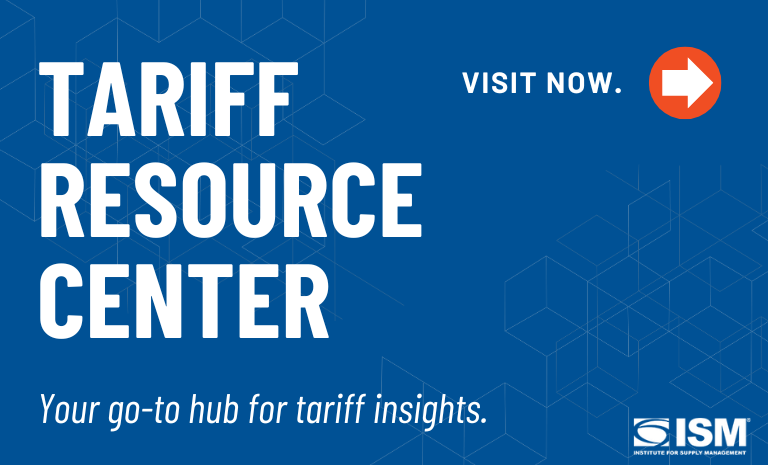Sign of the Times: Bot on Board

Coming potentially to a board of directors near you: an artificial intelligence (AI) bot that likely won’t have voting rights but can give insights about the discussion, actions to take and more.
In fact, one of your company’s board members could already be a bot.
Transcription company Otter.ai has created an avatar that looks and sounds like CEO Sam Liang and is designed to handle business meetings in his place, freeing him up for more critical tasks, according to a Bloomberg report. Other companies have established bots on their boards to provide analytics and insights.
There are many reasons why a company might consider adding an AI bot to its board of directors, says Charla Griffy-Brown, Ph.D., director general and dean of Arizona State University’s (ASU) Thunderbird School of Global Management in Phoenix. These include to enhance data-driven decision-making, improve scenario planning, and even provide continuous access to real-time insights that complement or extend human judgment.
The goal isn’t to replace a human director, Griffy-Brown says, but that the bot would augment capabilities in such ways as advanced analytics pattern recognition or trend forecasting. “Often, this is within industries that might gain advantage through scale or speed,” she says. “Bots can really support this kind of strategic foresight, so risk modeling and even regulatory tracking, especially in volatile markets, is where the potential value is.”
Establishing a bot on the board, however, isn’t a simple process. Legal requirements and ramifications, bias and transparency are among the areas to be considered before a bot, even an ex-officio one, can be a board member.
Legal Considerations
An organization must establish a legal framework or adaptation that allows a non-human entity to be on its board.
Will the bot have fiduciary responsibilities? “Most jurisdictions only allow natural people in fiduciary roles,” Griffy-Brown says. “You would need to amend the corporate bylaws to formally establish, define and recognize this role. You also need some kind of assignment of liability that includes defining who is accountable for the bot’s decisions. Is that the company? The creators? The designated officers?”
Transparency standards, including how the bot’s decisions are made, validated, logged and audited, also need to be defined and explained to stakeholders, she says.
It’s most likely that the bot would serve in an advisory role to boards, but not in a formal fiduciary role or status, Griffy-Brown says, adding, “And I don’t see that changing in the near future.”
Bots Aren’t Human, But …
Should board bots have a name and persona?
“When we’re using bots in marketing or in other areas of operations, we often choose to name them and provide them with personas,” Griffy-Brown says. “At ASU, we have Sunny the chatbot. And that actually encourages engagement.”
But personification can depend on how bots are being used.
“Over-personification can be really risky,” she says. In a board of directors situation, “it could lead to over reliance or confusion about the capabilities that the bot can provide,” she says. “And then, of course, there’s the whole question of bias. That must be managed carefully.”
Diverse training data sets, algorithmic audits and governance, oversight or external ethical oversight — and having a human in the loop — are beneficial when checking logic, reinforced bias and whether there are any kind of obscure decision-making processes, she says.
Elevating Analysis
Given the complex environment, supply chain organizations can benefit from the use of AI, and having a bot that’s equipped with advanced analytics and access to real-time logistics data at the board level can be a game changer, Griffy-Brown says. For example, it could offer early warnings or information about material shortages and inventory issues, as well as simulate alternative routing scenarios and offer recommendations.
“We’re starting to understand how to use these systems operationally, but we’re only beginning to elevate these to strategic-level decisions — and that is what a board is all about,” she says. “How can I leverage a system like this to more strategically make decisions at the corporate governance level?”
- Steps to take include:
- Develop a governance structure or tie this to the existing governance structure for all of your digital transformation or information systems.
- Determine the bot’s role, such as providing real-time insights or help with scenario planning. Ensure the AI bot offers data security and privacy.
- Make sure all legal, ethical and liability requirements and standards are in place. Determine how you will manage bias and accountability.
- Get buy-in from other board members.
- Determine how the board will use the bot’s insights and data.
Is Your Organization an Early Adopter?
Not all companies are ready to have a bot on the board. But those that are, Griffy-Brown says, are likely to have undergone significant digital transformation and have a mature data-governance structure. “So, tech-driven companies might be early adopters,” she says.
“For supply chain management, predictive analytics and risk models are mission-critical. So I could see logistics organizations as well as sustainability-focused organizations finding this very useful. If you’re seeking to optimize, that capability would be helpful.” Other potential adopters: Businesses operating in highly regulated or data-intensive environments dominated by compliance, legal, geopolitical and economic shifts.
Griffy-Brown offers another thought about bots and AI: “Ultimately, with our intelligent machines, we’re looking into a mirror because they’re trained on us,” she says. “We are the data. The mirror is not one of glass or silver. Instead, it’s data, algorithms and bias.
“And I think we have to be ready to really look at that reflection of who we are and ultimately make a decision about who we want to be. And I think that’s one of the most important things that this moment is driving and compelling us to consider.”


